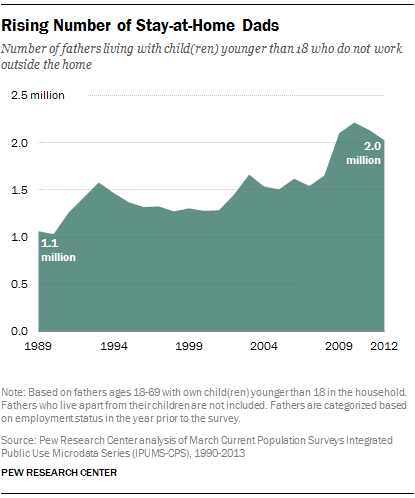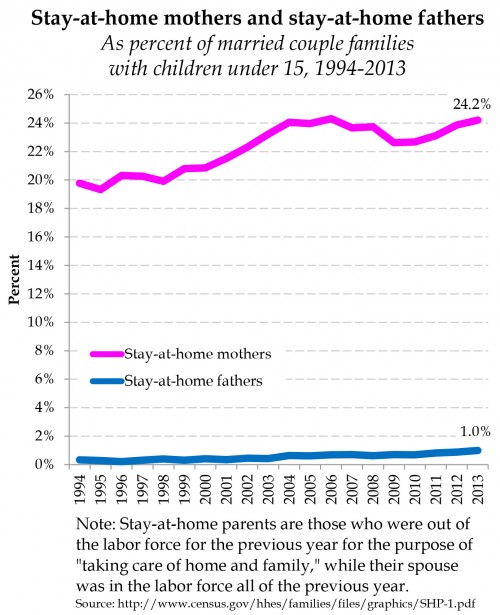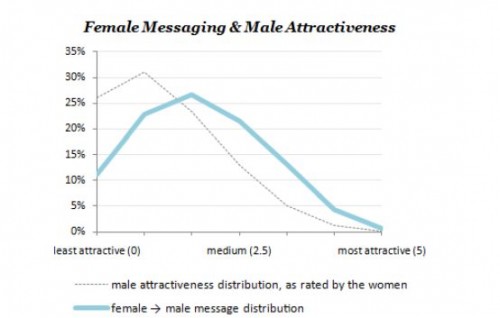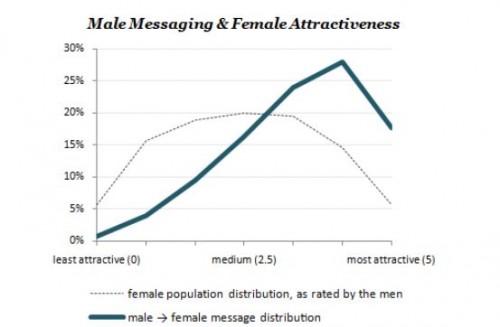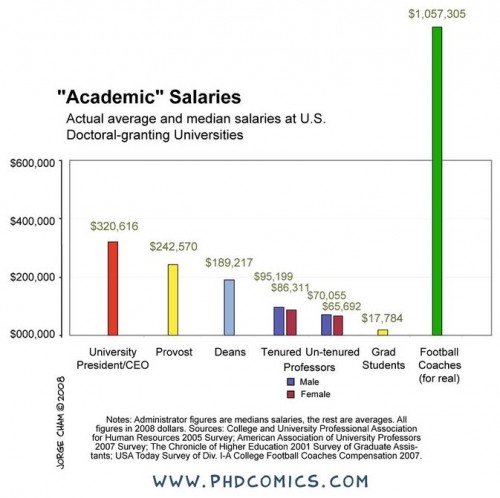A few days ago, Juliano Pinto kicked off the World Cup with a first kick. It was a media stunt designed to make us verklempt. Pinto is a paraplegic who wore a mind-controlled robotic exoskeleton to make his move.
We were to be awed by the technology, too, of course, which is being developed by the Walk Again Project, a scientific consortium. Says the leading scientist on the project, “With enough political will and investment, we could make wheelchairs obsolete.”
Red Nicholson isn’t having it.
Ask any wheelchair user, particularly one who’s been in the game a while, and they’ll tell you that they’re far too busy living their life to sit there worrying about whether or not they’ll ever walk. We just get on and do.
From his point of view, the exoskeleton is for people who aren’t in wheelchairs. Getting “non-walkers to walk again,” he says, is about making everyone else happy. As for him, he says, he’s fine:
My wheelchair is a very capable tool and to be honest, the last thing I want is to be strapped to a District 9-esque robot and become a puppet in some corporation’s half-baked execution of an obsession…
In the meantime, he says, everyone’s concern with getting him to walk again suggests that he, and everyone else who uses a wheelchair, is living a pitiable life. “These stories,” he says, “are unwittingly invalidating a unique way of life for millions of people around the globe who are really happy with their wheelchairs.” So, he goes on record: “This is not my dream.”
William Peace, an anthropologist who also uses a wheelchair, goes further, arguing that the exoskeleton is harmful to people who are newly paralyzed. The scientists developing the exoskeleton are “sell[ing] the dream of walking to newly paralyzed people who cannot imagine life as a wheelchair user.” This is bad, he says, because it encourages people to reject their new body instead of accept it. He writes: “the exoskeleton is symbolically and practically destructive to a newly paralyzed person.”
Instead of focusing on the one thing people using wheelchairs can’t do, Peace argues, we should focus on all the things they do everyday:
Work, make a decent living, and be autonomous. Own a home even. Have a family. Get married. In short, be ordinary. Walking is simply not required for all this nor should it be glorified.
Nicholson concurs: “My life as a wheelchair-user is a very good one.”
So hey, able-bodied media: quit making me feel like wheelchairs are a shitty, sub-par option. Stop beating your exoskeleton drum. And most of all, let go of your obsession with walking, because it’s totally overrated.
Cross-posted at Pacific Standard.
Lisa Wade, PhD is an Associate Professor at Tulane University. She is the author of American Hookup, a book about college sexual culture; a textbook about gender; and a forthcoming introductory text: Terrible Magnificent Sociology. You can follow her on Twitter and Instagram.



